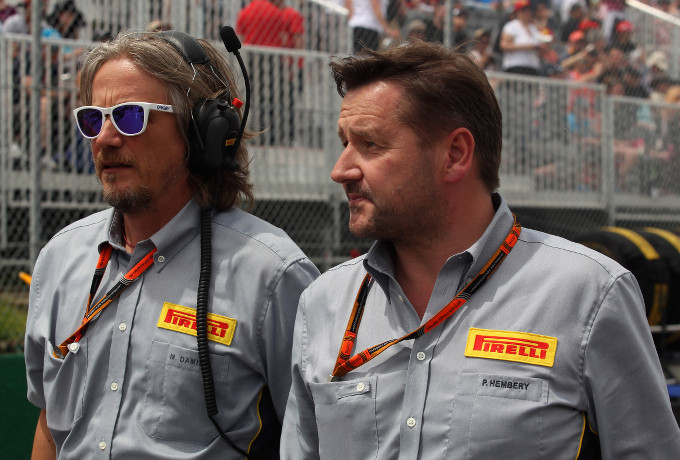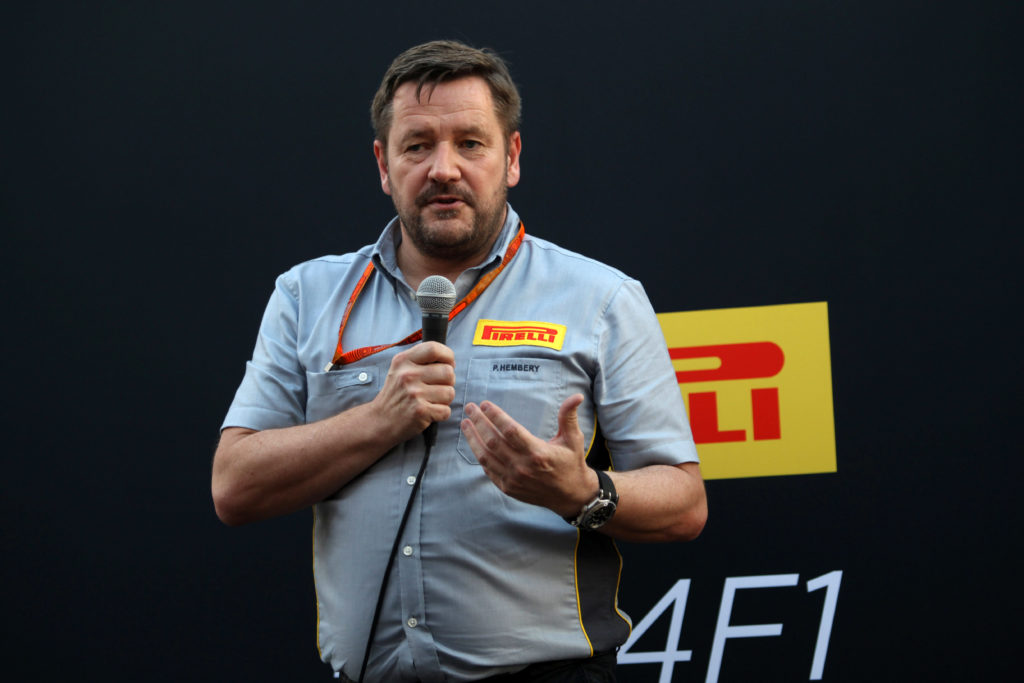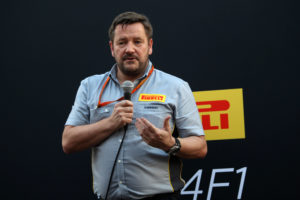Paul Hembery, Pirelli Motorsport Director: “Silverstone is always a fantastic opportunity”

Pirelli – P Zero Orange hard and P Zero White medium are the compounds designated for the British Grand Prix at Silverstone: a fast and sinuous circuit that demands a lot from the tyres, particularly during the multiple high-speed corners. This results in high levels of wear and degradation, especially if temperatures are high, which appears likely to occur this year. In addition to being one of the fastest and most historic tracks on the Formula One calendar, Silverstone is also a sort of home race for Pirelli: less than an hour from the track, in Ditcot, is Pirelli's logistics hub for the Formula One tires and a center of technical excellence.
Paul Hembery, Pirelli Motorsport Director: “Silverstone is always a fantastic occasion, for the support of the large population of enthusiastic and knowledgeable British spectators. It's one of the few circuits where drivers say you can actually hear the crowd even at speed. As happened last year, we are bringing the two hardest compounds in the range, because at Silverstone both the stress and the lateral loads to which the tires are subjected are at their highest levels; conditions that put both the compound and the structure of the tires to the test. We expect to see between one and two pit stops at Silverstone, especially if the weather, as currently seems expected, is warm. That said, in years gone by, even when the forecast was hot, we have sometimes ended up getting a dose of the more traditional English weather! Teams will need to be ready for all conditions and think about how to get the most out of the tires over the weekend as a whole, and not just in individual sessions. Silverstone is one of those circuits that really rewards courage and absolute commitment, so we will see a great race."
The tire challenge:
Silverstone is well known for its succession of sharp corners and fast corners, which subject the tires to heavy loads of up to 5g. The teams use high levels of downforce, so that the tires are subjected to both high vertical and very strong lateral loads simultaneously. The straights and fairly short braking points allow teams to keep downforce high without compromising lap times.
The Silverstone asphalt offers a high level of grip, which further increases the workload on the tyres. Tread temperatures reach peaks of over 110°C, clearly visible on the 'thermal imaging cameras' (temperature imaging cameras) that have become popular in Formula One television broadcasts since they were introduced in 2013.
Last year Silverstone provided a showcase for Pirelli's future technology when it trialled 18-inch tires fitted for the first time on a current-day Formula One car, a Lotus driven by Charles Pic which completed some demonstration laps during the post-race test.
2014 winner's strategy: Lewis Hamilton in Mercedes won the race by 52 laps, with a two-stop strategy. He started on the medium tyres, stopping to put the hards on on lap 24 and putting the hards back on again on the 41st. The race was immediately interrupted by a red flag, which required a restart, allowing the drivers to change tires on the starting grid. This circumstance heavily influenced the strategies: seven drivers in the top ten then made just one stop.
Expected lap time difference between the two compounds: 1,0 – 1,2 seconds per lap.
The Pirelli team chooses the race number: #13, Massimo Donatellis, Head of Motorsport Modelling
“Definitely the number 13: a lucky number for me, because it is the day my son Andrea was born a year ago”.
if you want to always be updated on our news
Follow us here


![F1 | Verstappen "upset" after seeing Perez's departure in Miami [VIDEO]](https://f1grandprix.motorionline.com/wp-content/uploads/2024/05/f1-verstappen-partenza-gp-miami-1024x555.jpg)
![F1 | Verstappen "upset" after seeing Perez's departure in Miami [VIDEO]](https://f1grandprix.motorionline.com/wp-content/uploads/2024/05/f1-verstappen-partenza-gp-miami-500x271.jpg)
![F1 | GP Miami, SC changes the balance of the race between Verstappen and Norris: Ivan Capelli's analysis [VIDEO]](https://f1grandprix.motorionline.com/wp-content/uploads/2024/05/f1-gp-miami-norris-mclaren-1024x551.jpg)
![F1 | GP Miami, SC changes the balance of the race between Verstappen and Norris: Ivan Capelli's analysis [VIDEO]](https://f1grandprix.motorionline.com/wp-content/uploads/2024/05/f1-gp-miami-norris-mclaren-500x269.jpg)
![F1 | Ferrari shone in Miami even without updates, optimism grows ahead of Imola [VIDEO]](https://f1grandprix.motorionline.com/wp-content/uploads/2024/05/f1-gp-miami-ferrari-1024x550.jpg)
![F1 | Ferrari shone in Miami even without updates, optimism grows ahead of Imola [VIDEO]](https://f1grandprix.motorionline.com/wp-content/uploads/2024/05/f1-gp-miami-ferrari-500x268.jpg)









